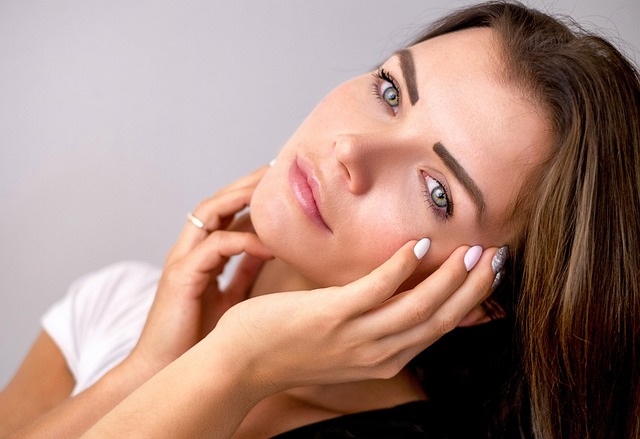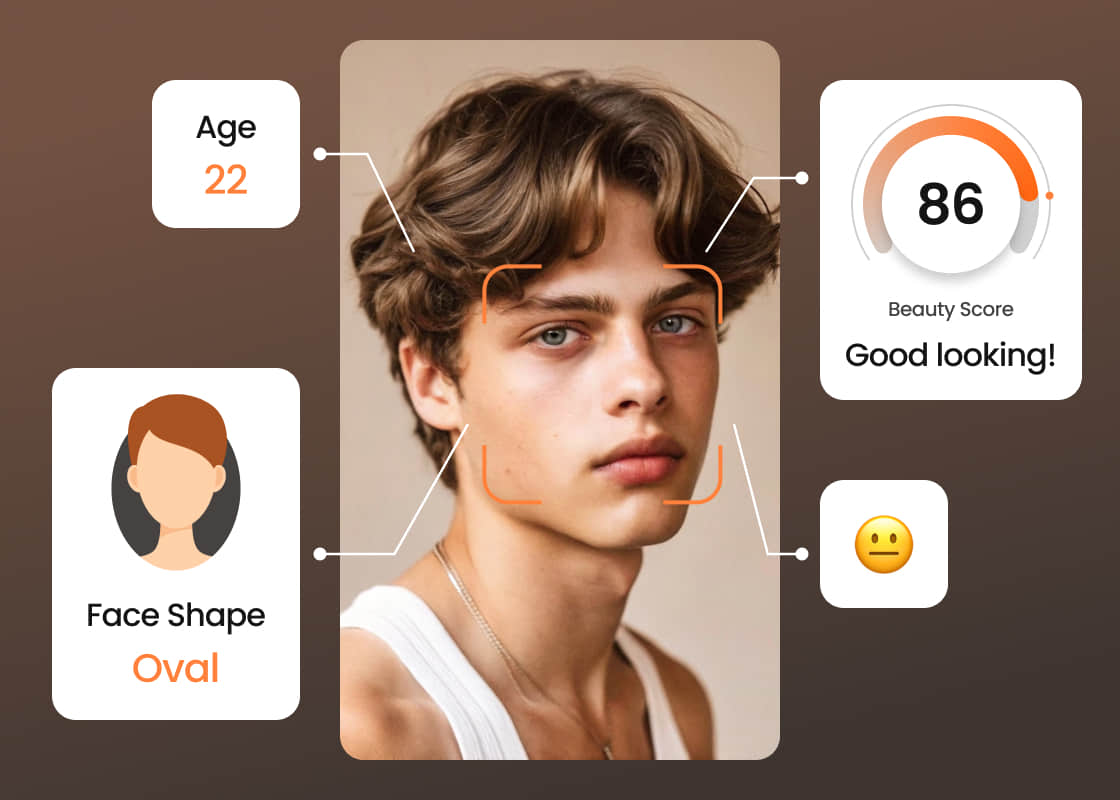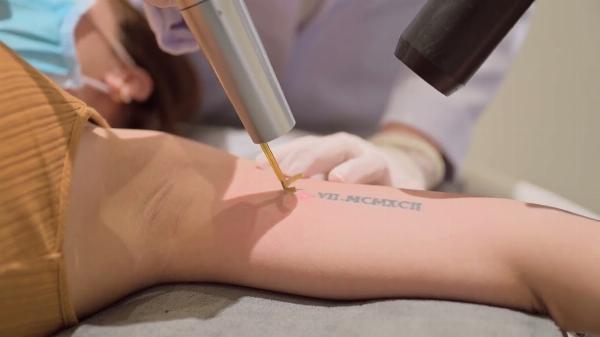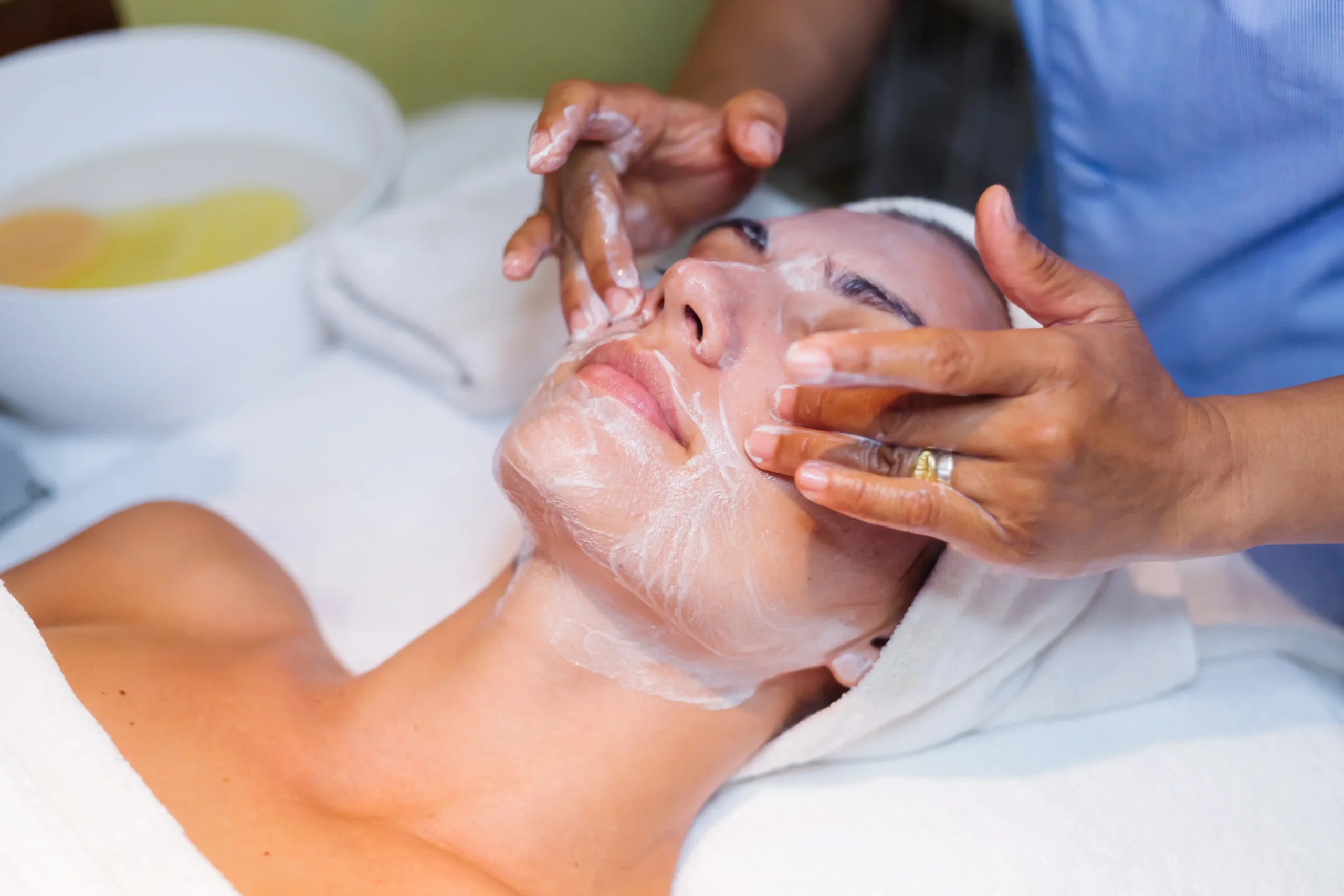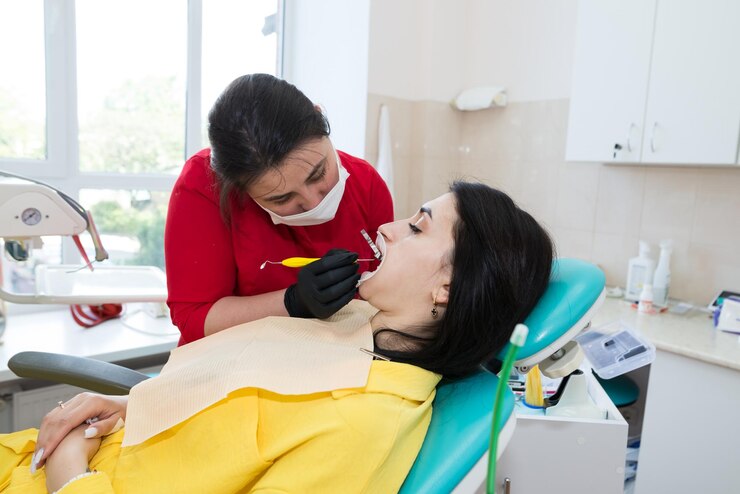Microneedling Treatment for Melanin Hyperpigmentation
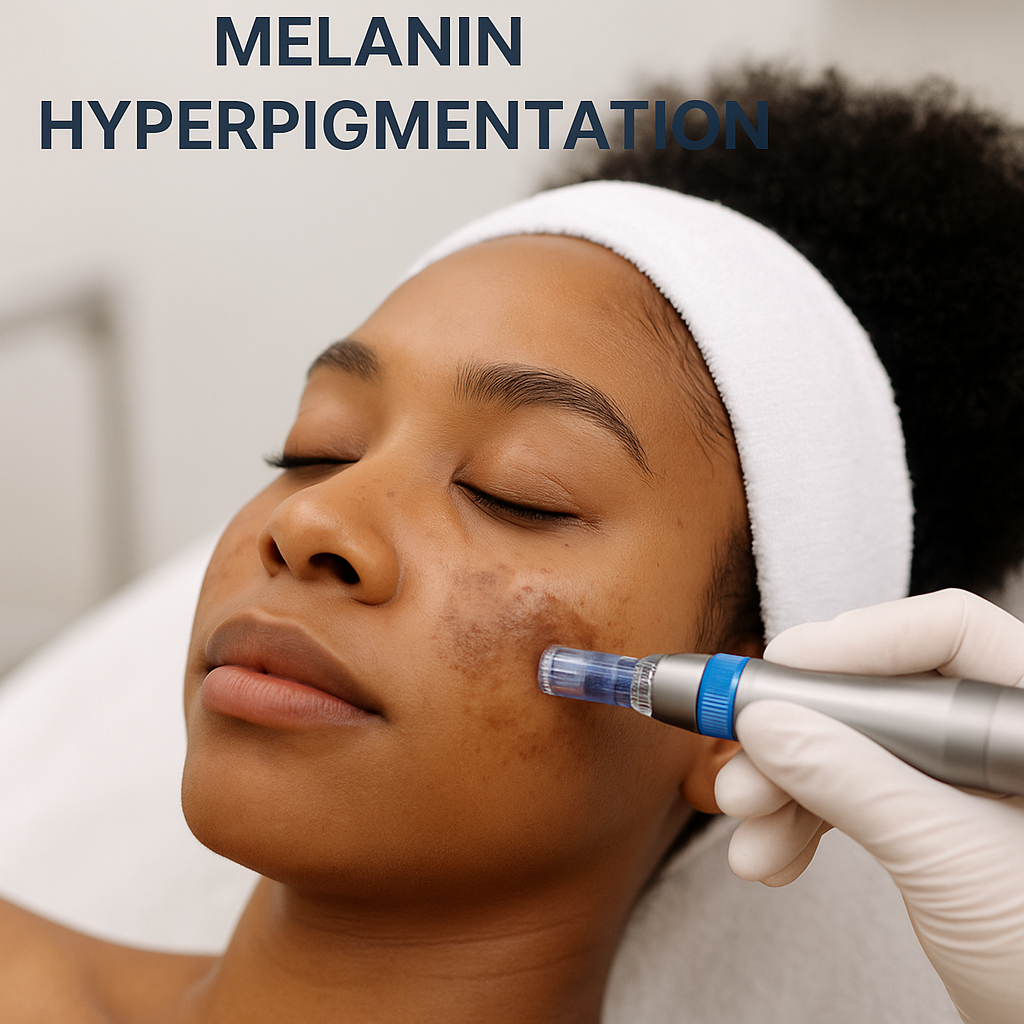
Strong 8k brings an ultra-HD IPTV experience to your living room and your pocket.
Changes in melanin production are the cause of pigmentation issues. The epidermis, the outermost layer of your skin, contains melanocytes, which are the cells that make melanin.
To encourage normalized cellular function with controlled melanin production, ultra-fine needles create fractional micro-channels during the treatment.
The products contain pigment-regulating actives that are needled into your skin for maximum impact. Compared to merely administering them topically, this approach yields up to 80% more active ingredients.
All skin tones can benefit from the micro-needling treatment, unlike some other rejuvenation techniques.
First, Let’s Understand What Role Does Melanin Play?
The pigment known as melanin, which gives our skin, hair, and eyes their color, is essential for preventing skin damage.
It is crucial to realize that melanin synthesis is largely a defensive mechanism of the body and is not meant for cosmetic adornment, despite the fact that many people equate browned skin with health and beauty.
How does the protective mechanism of melanin function?
Our skin is subjected to ultraviolet (UV) radiation when it is exposed to sunshine. Our skin cells are harmed by UV light, which can eventually cause major issues like sunburn, aging, and even skin cancer. Melanin production is the body's natural defensive mechanism against these negative consequences.
The pigment that gives your skin its color, melanin, is produced in excess when you have hyperpigmentation. Finding the best hyperpigmentation therapy for you begins with determining the origin of this overproduction, which can occur for different reasons.
Post-inflammatory hyperpigmentation: If you've ever had a cut or breakout that left a dark patch behind, you've probably heard of post-inflammatory hyperpigmentation (PIH). Although it's your skin's natural healing process, those spots may not go away on their own for weeks or even months.
Sun exposure and UV damage: Your skin produces more melanin as a defense mechanism when exposed to the sun without the right protection. This may eventually result in dark spots, freckles, or uneven skin tone.
Hormonal pigmentation (melasma, for example): During pregnancy, when using oral contraceptives, or as a result of other hormonal changes, hormones can cause an excess of melanin to be produced. Particularly on the face, melasma frequently manifests as symmetrical dark patches.
Age spots and freckles: Small, tenacious spots on your face, hands, and shoulders can result from years of sun exposure. Some people refer to this as "sunspots" or "age spots."
Professional guidance is crucial since every form of hyperpigmentation is unique. One person may benefit greatly from a treatment that is not appropriate for another. To discuss the best course of action for you, schedule an appointment with the specialists.
How Micro-needling Works
Through the use of a device equipped with small, thin needles, micro-needling produces regulated micro-injuries on your skin's surface. That may sound a little scary, but it's a very accurate and minimally invasive procedure.
Collagen and elastin, two essential proteins that maintain your skin tight, smooth, and young, are produced in response to these micro-injuries, which start your skin's natural healing process.
The way micro-needling treats hyperpigmentation is by promoting cell turnover. Dark patches progressively disappear when older, pigmented skin cells are replaced by young, healthy ones.
Important Advantages of Micro-needling for Hyperpigmentation Include:
Encourages healing of pigmented areas: Micro-needling encourages a more even, radiant skin tone by triggering your skin’s healing mechanisms.
Enhances skin tone and texture: In addition to lessening pigmentation, it can level out rough or uneven skin.
What’s the best part? For your next skin treatment, micro-needling is a smart choice because it does all of this while being mild enough for the majority of skin types.
To determine the best course of action for you, schedule a consultation with the skin care specialists.
Wrap Up
Percutaneous collagen induction therapy, another name for micro-needling (MN), is a relatively new minimally invasive technique that involves puncturing the skin superficially with several tiny, fine needles.
One of the most prevalent acquired symmetrical hypermelanotic illnesses, melasma mostly affects darker-skinned women. It significantly impairs the patient's quality of life on a psychological level. There are currently no defined evidence-based guidelines on the effectiveness of MN in treating melasma patients.
Dark circles beneath both eyes, which appear after puberty or in early childhood, are a symptom of periorbital melanosis.
Patients with dark complexion, particularly Asians, are more likely to have it. Periorbital melanosis has been successfully treated with micro-needling therapy. Similarly, the process of creating platelet-rich plasma (PRP) involves enriching plasma with a high proportion of autologous platelets obtained from whole blood. PRP is used in dermatology for a variety of purposes.
Note: IndiBlogHub features both user-submitted and editorial content. We do not verify third-party contributions. Read our Disclaimer and Privacy Policyfor details.



